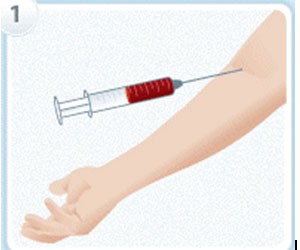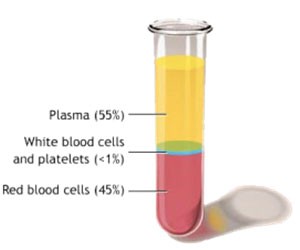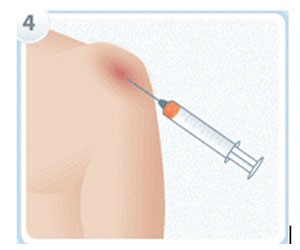PRP Injections
What is PRP?
Platelet-rich plasma (PRP) is a concentrated solution of platelets that uses the innate power of the body for optimal repair and regeneration of injured tissue. The body’s own substances found in the platelets are necessary for healing damaged cells and tissues. Platelet-rich plasma therapy utilizes these substances, providing areas of injury or disease with a concentrated dose of the body’s own specific proteins, necessary inflammatory factors, and growth factors. Although platelets are best known for their ability to coagulate and stop bleeding, they also store a significant amount of growth factors needed to mend and strengthen damaged tissues. By extracting a patient’s plasma and centrifuging it, these important substances can be isolated. After separation, they are placed in a syringe and injected into the injured area giving the damaged tissues high concentration of the necessary building blocks to begin the process of repair.
What conditions can a physician use PRP?
PRP is used to treat patients for a variety of conditions. It is typically used to treat bursitis, chronic tendinitis, mild to moderate arthritis, or other chronic injuries to muscle, tendons, and joints. PRP has been studied extensively for the treatment of lateral epicondylitis (tennis elbow) and Achilles tendinitis in well controlled large series and it has been shown to be safe and far superior to placebo and cortisone injections.
What are the steps in PRP injections?
PRP is concentrated platelets from patients own blood. The following steps are followed for PRP injections:
Depending on the area of treatment, approximately 30-60cc of patient own blood is drawn in a sterile container.
Patient blood is placed inside a centrifuge machine and is spun until the heavier cells clump at the bottom of the container and the lighter cells and plasma stay at the top. This will concentrate the amount of cells and growth factors up to 10 times (approximately 3-6cc).
This highly concentration of plasma and lighter platelet cells are then placed into an injection syringe.
The area of injection is cleaned thoroughly and under sterile conditions, local anesthesia is used to numb the area receiving the injection. The highly concentrated plasma and platelet cells are then injected into the affected area.
A band aid is applied and patient can leave the office the same day.
What to Expect after the Injection?
Patient experience some pain due to the injection as well as the nature of proteins, cells, and growth factors inside the PRP solution. Often PRP solution contains high concentration of White Blood Cells which carry inflammatory proteins which will cause pain and inflammation. This is often controlled well with use of ice, anti-inflammatory medications, and short use of pain medications which will be prescribed by the office in advance of the procedure. Because this procedure is meant to heal the injury as opposed to masking the pain, it will take up to 4-6 weeks to have improvement in the symptoms and it may take up to 3-6 months to see full effect of the treatment and optimal improvement. During this time, you will be under the care of our team and the treatment may be supplemented with physical therapy and other modalities.




